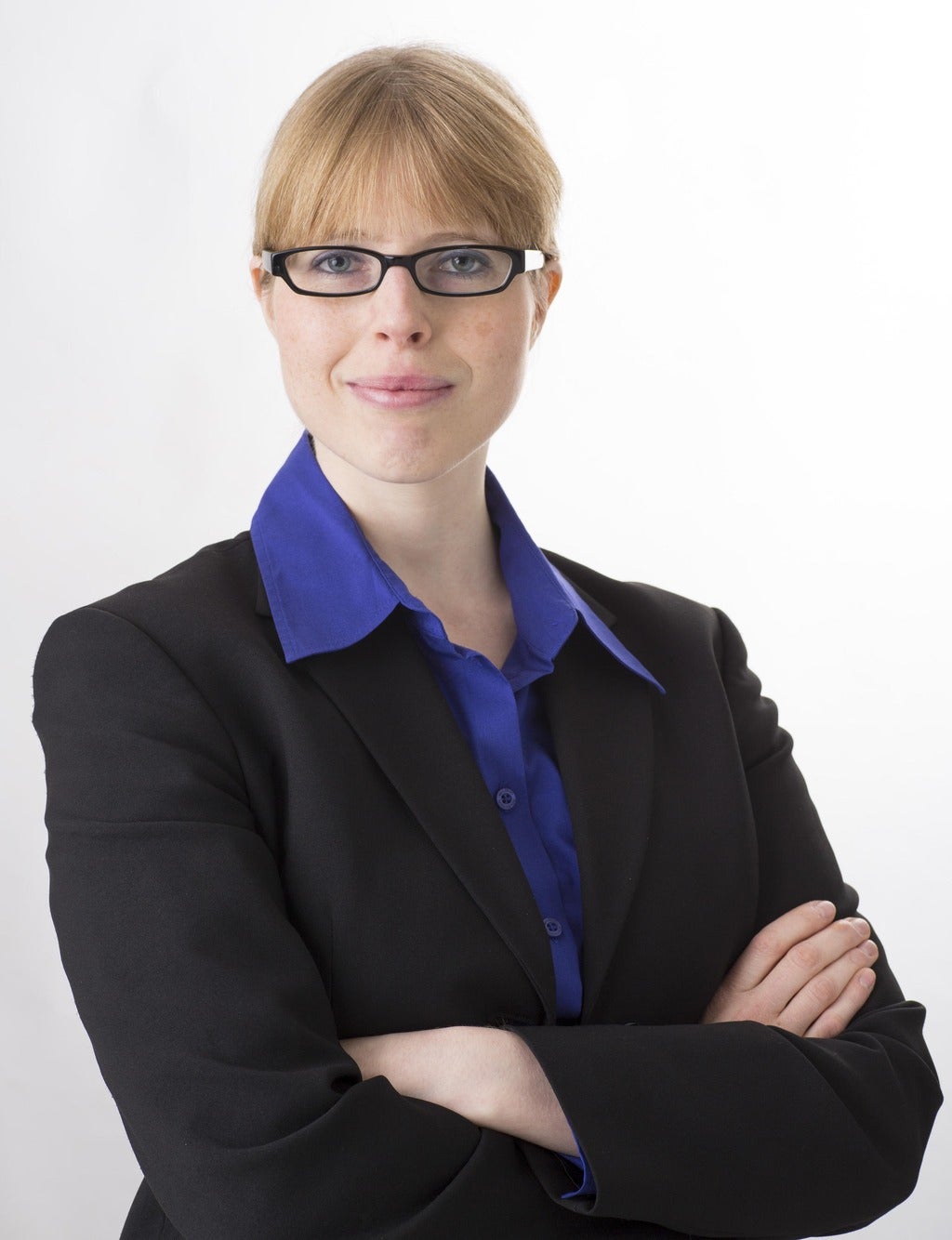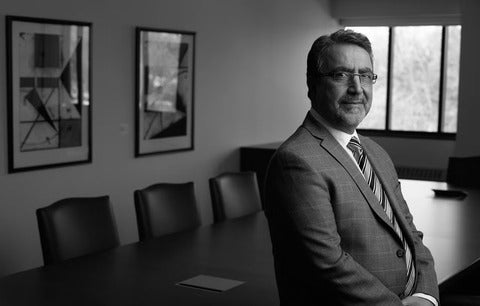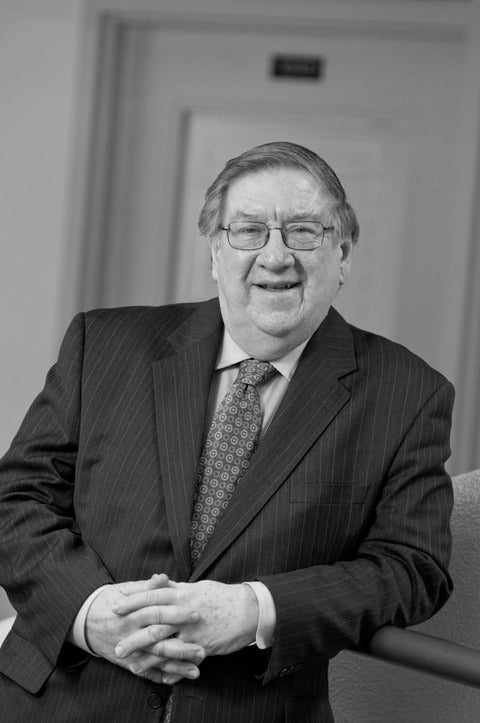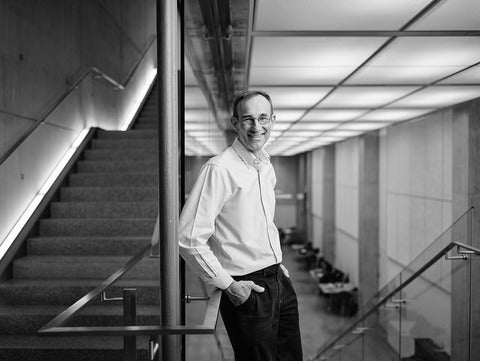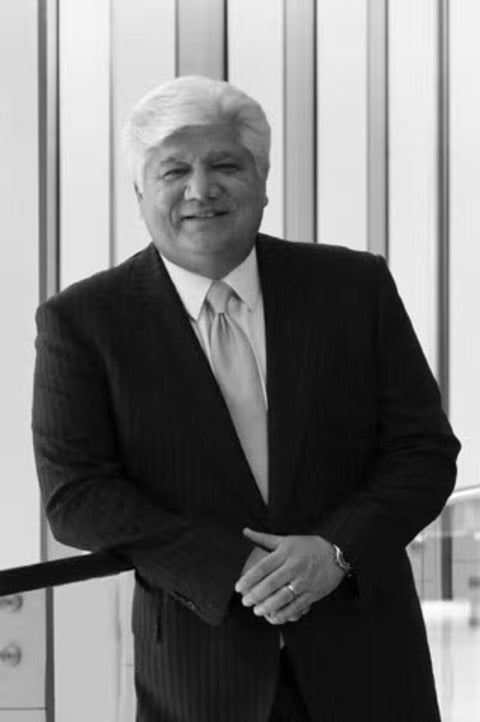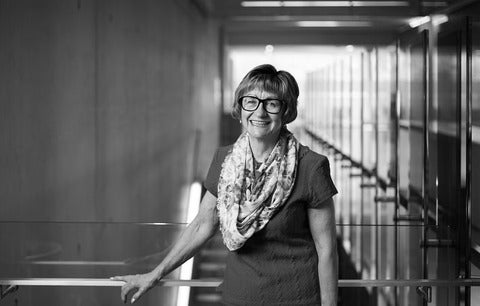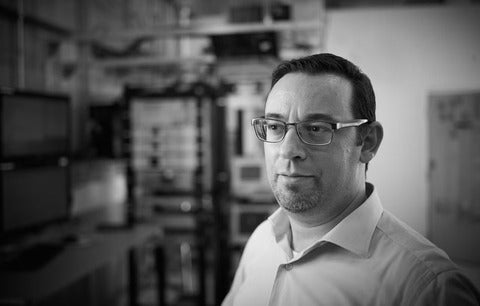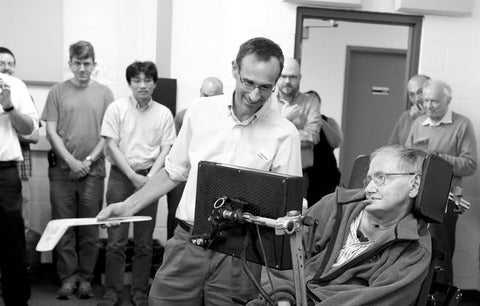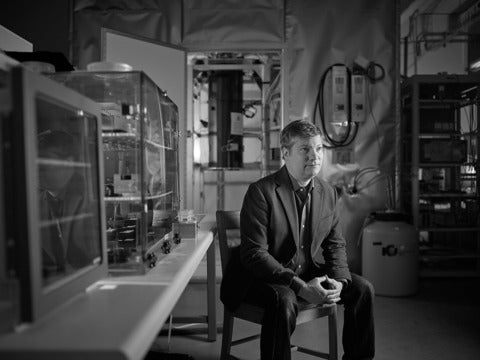Tuesday, November 28, 2017
New faculty member aims to create quantum simulations of early universe physics
Practical theorist Christine Muschik joins IQC
Christine Muschik joins the Institute for Quantum Computing (IQC) as an Assistant Professor in the Department of Physics and Astronomy at the University of Waterloo.
